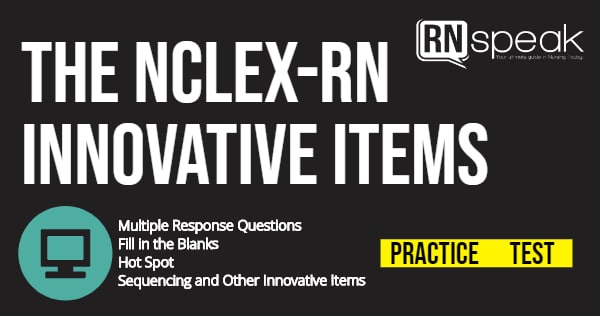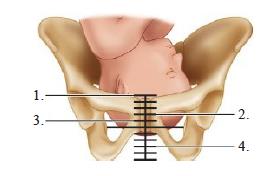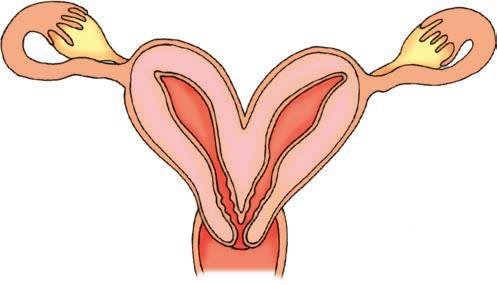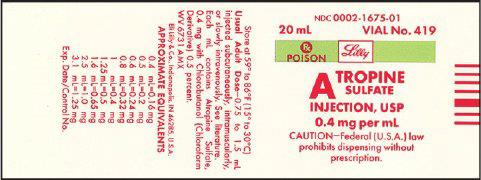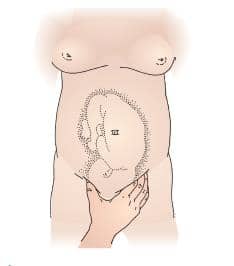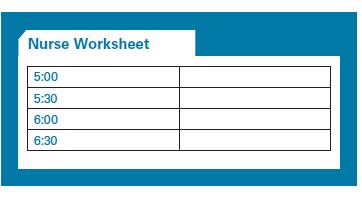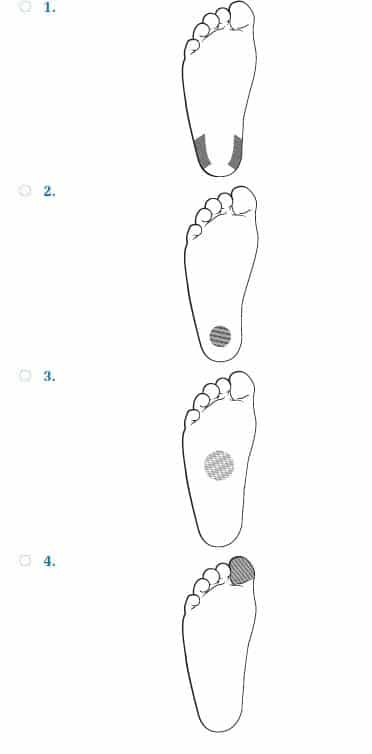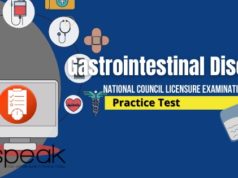Innovative items in the NCLEX-RN exams refer to questions that do not follow the traditional multiple-choice format. These questions are designed to test a nurse’s ability to assimilate information, prioritize interventions, apply knowledge on certain client care situations and others.
These questions are also considered to be more challenging than the usual multiple choice questions because there can be more than one answer required. Moreover, when these innovative items are being asked on the exam, the all-or-nothing principle is applied in scoring. This means that the nurse only gets the point for a particular question if it is answered correctly, and no partial scores are given to the examinee.
There were several types of these innovative item questions on the NCLEX-RN examination. These innovative questions may come in the form of:
1. Multiple Response Questions. Like how multiple-choice questions were stated, these offer the examinees options to choose from in arriving at the correct answer. However, the nurse is asked to choose more than one answer to the question from the list of options. This is also commonly-known as SATA or selects all that applies questions.
2. Fill in the Blanks. These questions do not provide a list of options for the examinee to choose from. Instead, a blank is provided for the nurse to write the answer to the question. This is generally used for calculations of drugs and IV fluids or when the answers come in the form of short sentences or phrases.
3. Hot Spot. These questions come in the form of a photograph or illustration where the examinee clicks on an area being asked in the question. For example, when asked about where the third or fourth heart sounds are heard upon auscultation, an illustration of the heart is presented so that the examinee can click on the area where the sound is heard.
4. Sequencing. These questions are phrased to ask the nurse to arrange in sequence steps in an intervention, items needed to perform a procedure, and others. The examinee’s task is to make sure that options are arranged in the correct ascending or descending order or the sequence being asked in the question stem.
5. Other innovative items. These include: (1) allowing the examinee to listen to recordings of assessment findings or conversation between a nurse and patient, and then choosing the correct answer either from a list of options or writing them on the blank; (2) ascertaining an assessment finding based on a photograph or imaging studies; (3) deducing from a graph or chart a patient condition; and/0r (4) using information presented to accurately determine what the client is experiencing and determining the best course of action to take.
Although these questions barely make up 10% of the pool of test questions for the examination, it is also vital for a nurse to know how to hurdle these questions and get their answers correctly. After all, one question may spell the difference between passing or failing the NCLEX-RN. Below are examples of these innovative item questions.
NCLEX RN Practice Test Questions
1. The nurse, caring for a group of adult clients on an acute care medical-surgical nursing unit, determines that which clients would be the most likely candidates for parenteral nutrition (PN)? Select all that apply.
a. A client with extensive burns
b. A client with cancer who is septic
c. A client who has had an open cholecystectomy
d. A client with severe exacerbation of Crohn’s disease.
e. A client with persistent nausea and vomiting from chemotheraphy
2. The nurse is completing a time tape for a 1000-mL intravenous (IV) bag that is scheduled to infuse over 8 hours. The nurse has just placed the 1100 marking at the 500-mL level. The nurse would place the mark for 1200 at which numerical level (mL) on the time tape? Fill in the blank.
Answer: ______ mL
3. The nurse is making initial rounds on the nursing unit to assess the condition of assigned clients. Which assessment findings are consistent with infiltration? Select all that apply.
a. Pain and erythema
b. Pallor and coolness
c. Numbness and pain
d. Edema and blanched skin
e. Formation of a red streak and purulent drainage
4. The nurse is caring for a client following a craniotomy, in which a large tumor was removed from the left side. In which position can the nurse safely place the client?
Refer to the figures in options 1 to 4.
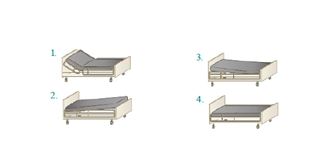 5. The nurse is preparing to administer medication using a client’s nasogastric tube. Which actions should the nurse take before administering the medication? Select all that apply.
5. The nurse is preparing to administer medication using a client’s nasogastric tube. Which actions should the nurse take before administering the medication? Select all that apply.
a. Check the residual volume.
b. Aspirate the stomach contents.
c. Turn off the suction to the nasogastric tube.
d. Remove the tube and place it in the other nostril.
e. Test the stomach contents for a pH indicating acidity.
6. The nurse educator is preparing to conduct a teaching session for the nursing staff regarding the theories of growth and development and plans to discuss Kohlberg’s theory of moral development. What information should the nurse include in the session? Select all that apply.
a. Individuals move through all 6 stages in a sequential fashion.
Moral development progresses in relationship to cognitive development.
b. A person’s ability to make moral judgments develops over a period of time.
c. The theory provides a framework for understanding how individuals determine a moral code to guide their behavior.
d. In stage 1 (punishment-obedience orientation), children are expected to reason as mature members of society.
e. In stage 2 (instrumental-relativist orientation), the child conforms to rules to obtain rewards or have favors returned.
7. A rubella titer result of a 1-day postpartum client is less than 1:8, and a rubella virus vaccine is prescribed to be administered before discharge. The nurse provides which information to the client about the vaccine? Select all that apply.
a. Breast-feeding needs to be stopped for 3 months.
b. Pregnancy needs to be avoided for 1 to 3 months.
c. The vaccine is administered by the subcutaneous route.
d. Exposure to immunosuppressed individuals needs to be avoided.
e. A hypersensitivity reaction can occur if the client has an allergy to eggs.
f. The area of the injection needs to be covered with a sterile gauze for 1 week.
8. The nurse is reviewing the record of a client in the labor room and notes that the health care provider has documented that the fetal presenting part is at the –1 station. This documented finding indicates that the fetal presenting part is located at which area?
a. 1
b. 2
c. 3
d. 4
9. Assessment findings of an infant admitted to the hospital reveal a machinery-like murmur on auscultation of the heart and signs of heart failure. The nurse reviews congenital cardiac anomalies and identifies the infant’s condition as which disorder?
Refer to figure (the circled area) to determine the condition.
a. Aortic Stenosis
b. Atrial Septal Defect
c. Patent Ductus Arteriosus
d. Ventricular Septal Defect
10. A 24-year-old woman is being assessed for a malformation of the uterus. The figure below indicates which of the following uterine malformations?
a. Septate uterus
b. Bicornicate uterus
c. Double uterus
d. Uterus didelphys
11. The clinic nurse is assessing a child who is scheduled to receive a live virus vaccine (immunization). What are the general contraindications associated with receiving a live virus vaccine? Select all that apply.
a. The child has symptoms of a cold.
b. The child had a previous anaphylactic reaction to the vaccine.
c. The mother reports that the child is having intermittent episodes of diarrhea.
d. The mother reports that the child has not had an appetite and has been fussy.
e. The child has a disorder that caused a severely deficient immune system.
f. The mother reports that the child has recentlybeen exposed to an infectious disease.
12. Atropine sulfate, 0.6 mg intramuscularly, is prescribed for a child preoperatively. The nurse has determined that the dose prescribed is safe and prepares to administer how many milliliters to the child? Fill in the blank (refer to figure).
Answer: mL.
13. A client has received epidural anesthesia to control pain during a cesarean section. Place an X over the highest point on the body locating the level of anesthesia expected for a cesarean birth.
14. When performing Leopold’s maneuvers on a primigravid client, the nurse is palpating the uterus as shown below. Which of the following maneuvers is the nurse performing?
a. First maneuver
b. Second maneuver
c. Third maneuver
d. Fourth maneuver
15. The nurse is catheterizing a client who cannot void after a normal delivery 8 hours ago. The nurse begins the catheterization process and the client asks the nurse if Betadine was used to clean the meatus for the catheterization. The nurse realizes that the client is allergic to Betadine and the client is reacting to the cleansing agent. The nurse should take the following steps in order of priority from first to last.
1. Document the incident
2. Clean Betadine from the client’s vaginal area.
3. Notify the physician ordering catheterization.
4. Ask the client what her reaction is when exposed to Betadine.
5. File an incident report.
16. The nurse on a mother-baby unit who is working on the night shift is revising the planning worksheet for the remaining 2 hours of the shift. The nurse has the following tasks and orders to complete prior to the 7 a.m. change of shift. Using the work plan below, how should the nurse organize the following tasks so that everything is completed by 7 a.m.?
1. Draw blood for the ordered laboratory tests (CBCs) on 3 postpartum clients with report on charts by shift change.
2. Start IV of D5 ½ NS at keep vein open (KVO) rate on postpartum client just prior to change of shift.
3. Complete admission assessment of newborn turned over to nurse at 5 a.m.
4. Draw newborn bilirubin level at 6 a.m.
17. The nurse manager is planning the clinical assignments for the day. Which staff members cannot be assigned to care for a client with herpes zoster? Select all that apply.
1. The nurse who never had roseola
2. The nurse who never had mumps
3. The nurse who never had chickenpox
4. The nurse who never had German measles
5. The nurse who never received the varicella zoster vaccine
18. Commercial formulas contain 20 calories per ounce. A 1-day-old infant’s weight in the morning was 8 lb and he was fed 45 mL at 2 a.m., 5:30 a.m., 8 a.m., 11 a.m., 2 p.m., 4:30 p.m., 8 p.m., and 10:30 p.m. What is the total amount of calories the infant received today?
Answer: ________________________ calories.
19. The nurse is to draw a blood sample for glucose testing from a term neonate during the first hour after birth. The nurse should obtain the blood sample from the neonate’s foot near which of the following areas?
20. The nurse is to assess a newborn for incurving of the trunk. Which illustration indicates the position in which the nurse should place the newborn?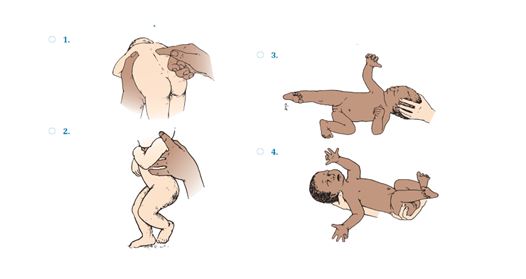
21. The client with hyperparathyroidism is taking alendronate. Which statements by the client indicate understanding of the proper way to take this medication? Select all that apply.
1. “I should take this medication with food.”
2. “I should take this medication at bedtime.”
3. “I should sit up for at least 30 minutes after taking this medication.”
4. “I should take this medication first thing in the morning on an empty stomach.”
5. “I can pick a time to take this medication that best fits my lifestyle as long as I take it at the same time each day.”
22. A client has just had a hemorrhoidectomy. Which nursing interventions are appropriate for this client? Select all that apply.
1. Administer stool softeners as prescribed.
2. Instruct the client to limit fluid intake to avoid urinary retention.
3. Encourage a high-fiber diet to promote bowel movements without straining.
4. Apply cold packs to the anal-rectal area over the dressing until the packing is removed.
5. Help the client to a Fowler’s position to place pressure on the rectal area and decrease bleeding.
23. The nurse is planning to teach a client with gastroesophageal reflux disease (GERD) about substances to avoid. Which items should the nurse include on this list? Select all that apply.
1. Coffee
2. Chocolate
3. Peppermint
4. Nonfat milk
5. Fried chicken
6. Scrambled eggs
24. The nurse is assessing a client with heart failure who is receiving home health care monitoring using electronic devices including scales, blood pressure monitoring, and structured questions to which the client responds daily on a touch-screen monitor. The nurse reviews data obtained within the last 3 days.
The nurse calls the client to follow up. The nurse should ask the client which of the following first:
a. “How are you feeling today?”
b. “Are you having shortness of breath?”
c. “Did you calibrate the scales before using them?”
d. “How much fluid did you drink during the last 24 hours?”
25. Rifabutin is prescribed for a client with active Mycobacterium avium complex (MAC) disease and tuberculosis. For which side and adverse effects of the medication should the nurse monitor? Select all that apply.
1. Signs of hepatitis
2. Flulike syndrome
3. Low neutrophil count
4. Vitamin B6 deficiency
5. Ocular pain or blurred vision
6. Tingling and numbness of the fingers
26. The nurse in a medical unit is caring for a client with heart failure. The client suddenly develops extreme dyspnea, tachycardia, and lung crackles and the nurse suspects pulmonary edema. The nurse immediately asks another nurse to contact the health care provider and prepares to implement which priority interventions? Select all that apply.
1. Administering oxygen
2. Inserting a Foley catheter
3. Administering furosemide
4. Administering morphine sulfate intravenously
5. Transporting the client to the coronary care unit
6. Placing the client in a low Fowler’s side-lying position
27. The nurse is preparing a teaching plan for a client who had a cataract extraction with intraocular implantation. Which home care measures should the nurse include in the plan? Select all that apply.
1. Avoid activities that require bending over.
2. Contact the surgeon if eye scratchiness occurs.
3. Take acetaminophen for minor eye discomfort.
4. Expect episodes of sudden severe pain in the eye.
5. Place an eye shield on the surgical eye at bedtime.
6. Contact the surgeon if a decrease in visual acuity occurs.
28. The nurse is assigned to care for a client with complete right-sided hemiparesis from a stroke (brain attack).Which characteristics are associated with this condition? Select all that apply.
1. The client is aphasic.
2. The client has weakness on the right side of the body.
3. The client has complete bilateral paralysis of the arms and legs.
4. The client has weakness on the right side of the face and tongue.
5. The client has lost the ability to move the right arm but is able to walk independently.
6. The client has lost the ability to ambulate independently but is able to feed and bathe himself or herself without assistance.
29. The nurse is instituting seizure precautions for a client who is being admitted from the emergency department. Which measures should the nurse include in planning for the client’s safety? Select all that apply.
1. Padding the side rails of the bed
2. Placing an airway at the bedside
3. Placing the bed in the high position
4. Putting a padded tongue blade at the head of the bed
5. Placing oxygen and suction equipment at the bedside
6. Flushing the intravenous catheter to ensure that the site is patent
30. A client who weighs 187 lb has an order to receive enoxaparin (Lovenox) 1 mg/kg. This drug is available in a concentration of 30 mg/0.3 mL. What dose would the nurse administer in milliliters?
Answer:________________________ mL.


